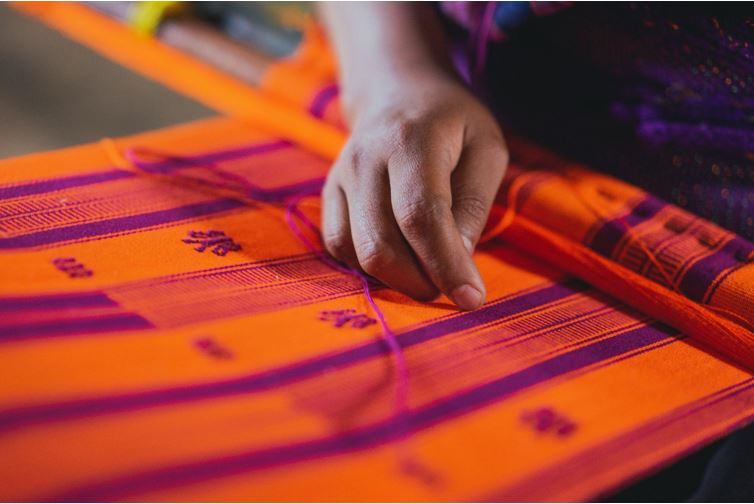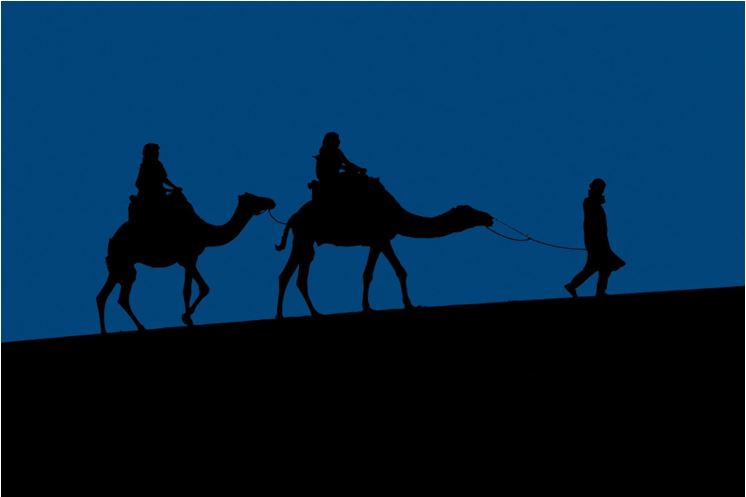Rann of Kutch - The White Desert of India
The Rann of Kutch is India's only white desert and one of the largest salt deserts in the world. The largest salt deserts across the world are located in various parts, with the white sand patches of Kutch being the only salt desert in the Indian subcontinent.
Located in the western part of India in the state of Gujarat, the Rann of Kutch is divided into two main parts known as the Great Rann and the Little Rann.
The fields of salt marshes divide the area between India-Pakistan border in the west, with several rivers in the north and the Gulf of Kutch located in its south.
Although a deserted area, the Great Rann of Kutch has proofs of civilization dating back to the Indus Valley period, with one the largest Harappan sites located in this region of India. Seems like the desert was not as harsh as it appears!
And when seen from the eyes of an explorer, the vast patches of salt would surely appear far more beautiful than its name.
Layers of Salt
The Rann of Kutch is a saline desert with vast patches of salt spread at great lengths of land by the Arabian sea. The salt comes from the tides of the ocean making the place look like a white silk decorated on land as far as the eyes can reach. Several salt deserts are located in the world, where in some of the places, the salt does appear darker in texture due to heavy presence of other minerals.
The Great Rann, which is the larger part of the Rann of Kutch, is home to many villages located at its helm. It is hard to imagine life in an unfavourable environment like that of a desert, but the villages of Kutch have maintained great diversity in culture and cuisine, something which reminds us that creativity does not have to depend on situations around.
The flat expanses covering the ground with salt and other minerals are naturally formed as the salt settles with every tide coming from the Arabian sea, which can be sighted far at the horizon. As the sun shines on the salt blankets one can amaze at this clear wonder of nature.
Colours of Winter
Visiting a desert might not be as comfortable as it sounds but a three day festival organised every year in the Kutch region in the winter months from December to February is one the best ways to observe the pristine salt patches.
The Tent City of Kutch hosts several tourists each year to witness the colorful side of Gujrat. A visit to the Tent City would mean witnessing the cuisine, culture, nature and people all together at one place.
Dhordo village located in the Kutch district hosts tourists from across the country and abroad and is the best option to explore the area during the festival.
The semi-arid grasslands of Banni reserve becomes a hub for tourists to explore native culture and food from the region along with many expeditions and activities available for adventure enthusiasts.
The Rann Utsav or the Rann Festival, as it is called, appears as an inflection of all beautiful things from Gujrat at one place. As a traveller it is one of the best ways to experience the western part of India.
Woven with Care

While artistry and handlooms are famous in many parts of India for their sophisticated and delicate beauty, the embroidery of the Kutch region looks even prettier as the artisans bring out the complex art of stone and mirror embroidery into practice.
Mostly hand woven by women artisans from the state, the embroidered textiles become a source of supporting livelihoods of the community which are sold domestically as well as exported abroad.
The most famous and delicate of the Kutch embroidery called Aari, was done for the royal families of the state during the princely times. Mirrors and stones are added to the fabric which is usually cotton or sometimes silk or satin.
Kutch embroidery is truly a gift of cultural beauty to India from the tribal artisans of Gujarat. Its beauty would surely make it hard to pick your favourite one from the shop!
A Strange Mirage
Many residents of the villages from the Kutch district say they usually witness some strange lights in the marshy grasslands near the salt flats. The phenomenon observed mostly after dark is named as Chir Batti in local language which literally means ghost light.
To make it even more strange, villagers tell stories of the lights being following them and if one happens to trace them it is possible to get lost in the salt flats of Rann! Well, your science book would probably just say its photon emissions.
Camel and The Moon

The spectacular festival of Rann is the best way to witness the captivating beauty of the salt encrusted land. Dhordo village located at the edge of India-Pakistan border becomes the gateway to experience the salt marshes of Kutch.
Days long festivals and music events displaying the local culture and cuisine paint the dry desert in bright colours of Gujarat during the three months of winter.
It is by witnessing the light of the moon as it lands upon the saline earth that the most enchanting visual effect is observed, something the eyes could capture for a lifetime. Riding on a camel on a full moon night while travelling across a silver land offering a lovely panorama. What more is called magical?
READ MORE:
India's Golden Triangle is a mainstream traveler course covering Delhi, Agra, and Jaipur. It gets its name from the three-sided shape that the course frames. Sightseers normally start in Delhi and move south to Agra and afterward to Jaipur.You need to apply for Indian Tourist Visa to travel to India for tourism related reasons.
Citizens of many countries including British citizens, Italian citizens, United States citizens, Australian citizens and Danish citizens are eligible to apply for Indian e-Visa.